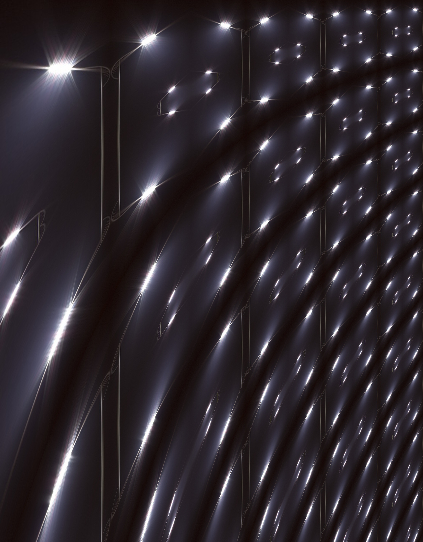Local light switch brings state-wide savings
 Hundreds of millions in savings are coming for local governments in Victoria, as a majority switch to LED street lights.
Hundreds of millions in savings are coming for local governments in Victoria, as a majority switch to LED street lights.
Streetlights are a major factor in almost all council budgets, but the Municipal Association of Victoria says its massive street light replacement program will save up to $340 million in energy costs.
They say that with 80 per cent of the Victorian councils on board, it is the world’s second largest such program.
The City of Sydney recently replaced around half of its public lights with LEDS, bringing a reduction of more than a 40 per cent on energy use.
“The City of Sydney was the first Australian City to trial LED lighting covering various locations including pedestrian, vehicular and mixed use areas”, says George Angelis, manager of the city’s infrastructure & traffic operations.
“We trust others can learn from the City of Sydney’s experiences and results, and make further steps towards improved sustainability in lighting.”
Public lighting had accounted for a third of the city’s annual electricity bill.
Energy-saving schemes across the state are being backed by the NSW Government, which says a grid-wide roll-out in 41 councils across Sydney, the Central Coast and Hunter regions will see costs plummet.
The City of Melbourne recently announced a new Public Lighting Strategy, aimed making the city more inviting, interesting and safe during the evening.
It says the economic boost could be huge, with better lighting attracting more activity into Melbourne’s laneways, parks and squares.
Local councils can take valuable lessons from te success in cities such as Abu Dhabi.
The municipality is currently replacing 600,000 streetlights with LED fixtures, which it says will save the city $140 million per year.
“The long-term benefits are key to justifying early change where possible”, says Martin Valentine, Lighting Expert at Abu Dhabi City Municipality, who is presenting at an upcoming lighting summit.
“The challenge is not with the rapidly changing technology itself and the obvious improvements in both the sources and 'smart' controls. It is ensuring it is understood exactly what one wants to have and the lighting designed and applied appropriately.”
“Also if a region with such extreme environmental conditions as Abu Dhabi can be seen to have successfully embraced new lighting technologies like LED, I hope it might give some assurances for other similar challenging locations”, says Valentine.
The Australian Smart Lighting Summit 2014 is on in Melbourne from the 18th of August.







 Print
Print